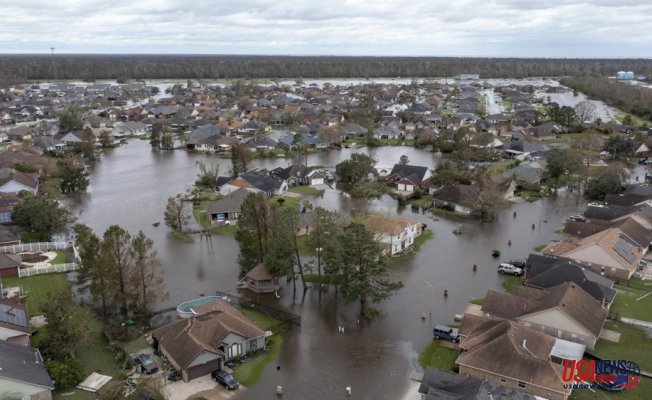Tuesday's announcement of the Community Development Block Grants included $2.2 billion for 10 local governments and 13 states governments to support 16 major disasters in 2021. These include wildfires and ice storms in Texas and California, as well as damage caused by Hurricane Ida in several states, from Louisiana to New Jersey.
Five previously identified recipients of disaster relief grants are receiving $723 million more for incidents that occurred between 2020 and 2022. These include Hurricane Sally in Alabama, Florida and Hurricane Zeta (Mississippi). According to HUD, the extra money will be used to cover a "higher need than was previously calculated" for disasters in these states.
Tuesday's announcements bring an end to the $5 billion Congress provided last year for disaster relief funding. Marcia Fudge (secretary of the Department of Housing and Development) stated in a statement that new disaster relief funding will "enhance recovery efforts and increase long-term, inclusive resilience against future catastrophes and climate impacts."
Kentucky Gov. Andy Beshear expressed gratitude to the state of Kentucky for receiving nearly $75 million to help with flooding and tornado damage.
Beshear stated in a statement that "after two years of devastation from tornadoes and flooding, and ice storms," he was looking forward to how the funding could help in long-term recovery efforts.
In accordance with guidance, HUD issued January to instruct the state and local authorities receiving block grants to prioritize climate-change mitigation over equity for underserved areas when deciding how to disperse the funds.
Block grants have traditionally been flexible enough for local authorities and recipients to choose where to direct the funds based on the type of disaster. Wildfires are known to destroy large numbers of buildings and homes, but storms and hurricanes can cause the greatest damage to infrastructure such as bridges and sewers.
HUD retains most of this flexibility, but now directs recipient agencies to prioritize long term environmental resilience and serving historically marginalized populations.
All new construction that is funded by grants must be built according to green standards, which emphasize energy efficiency and resilience to similar disasters in the future.
Fudge stated that communities will have more resources and focus to ensure equitable outcomes in the case of households who are often most affected by climate-related catastrophes. We are sending a clear message with these funds that equity and forward-looking mitigation is a priority of HUD's disaster recovery efforts.












